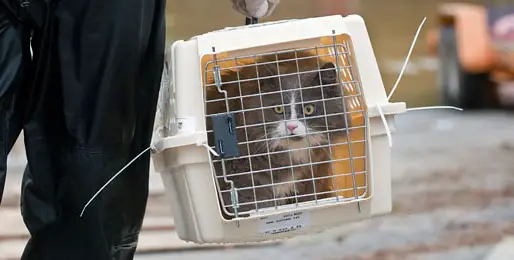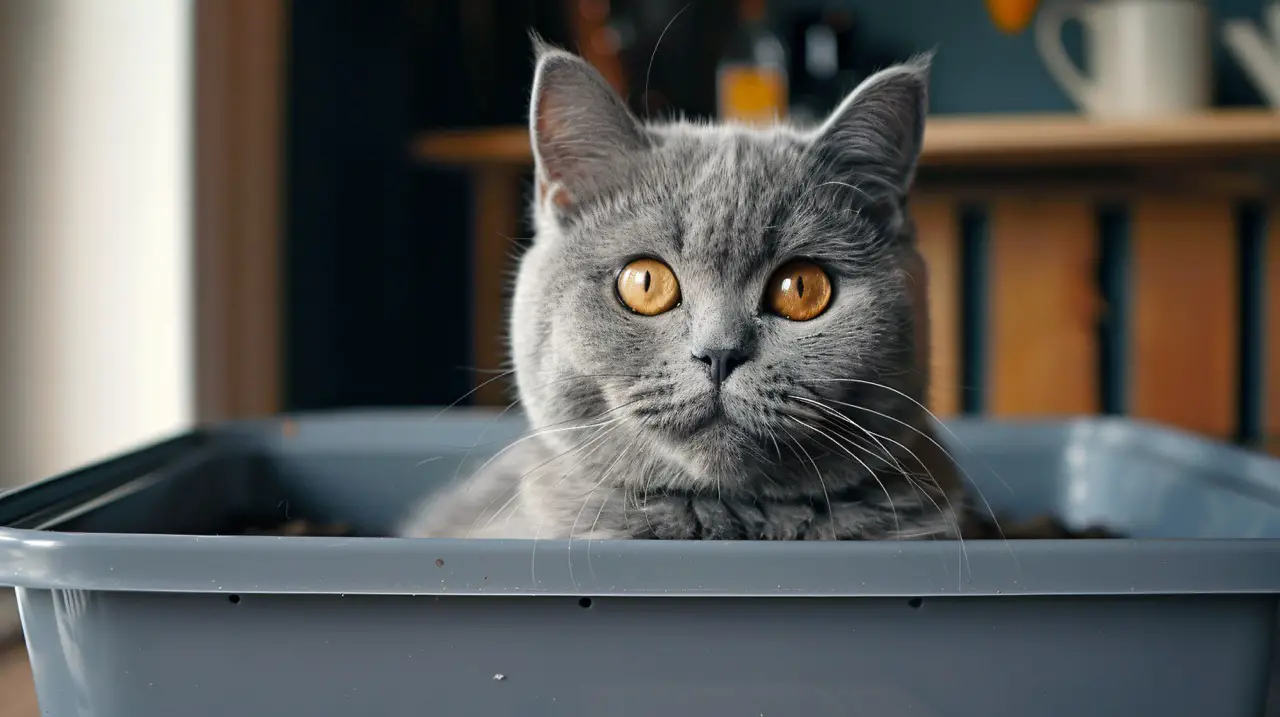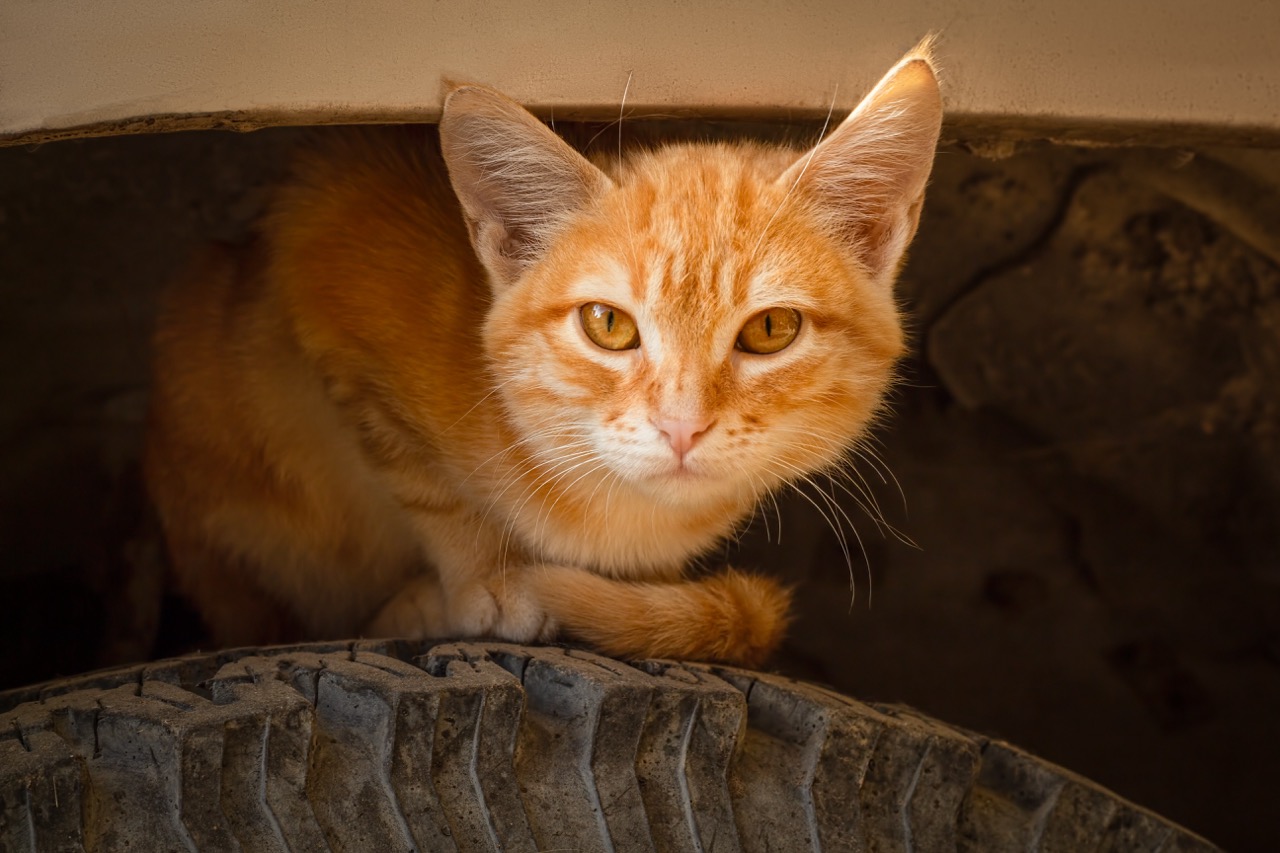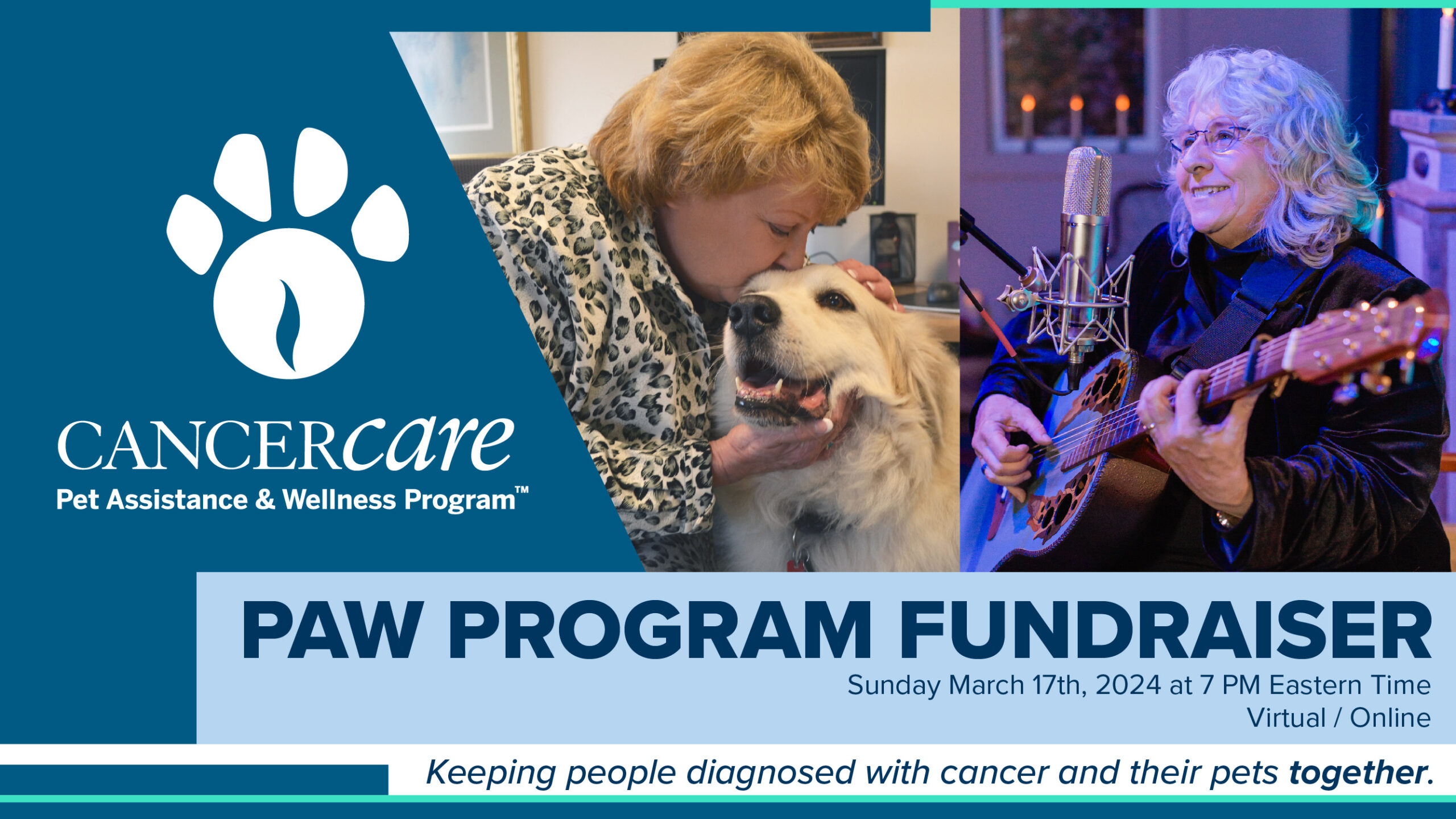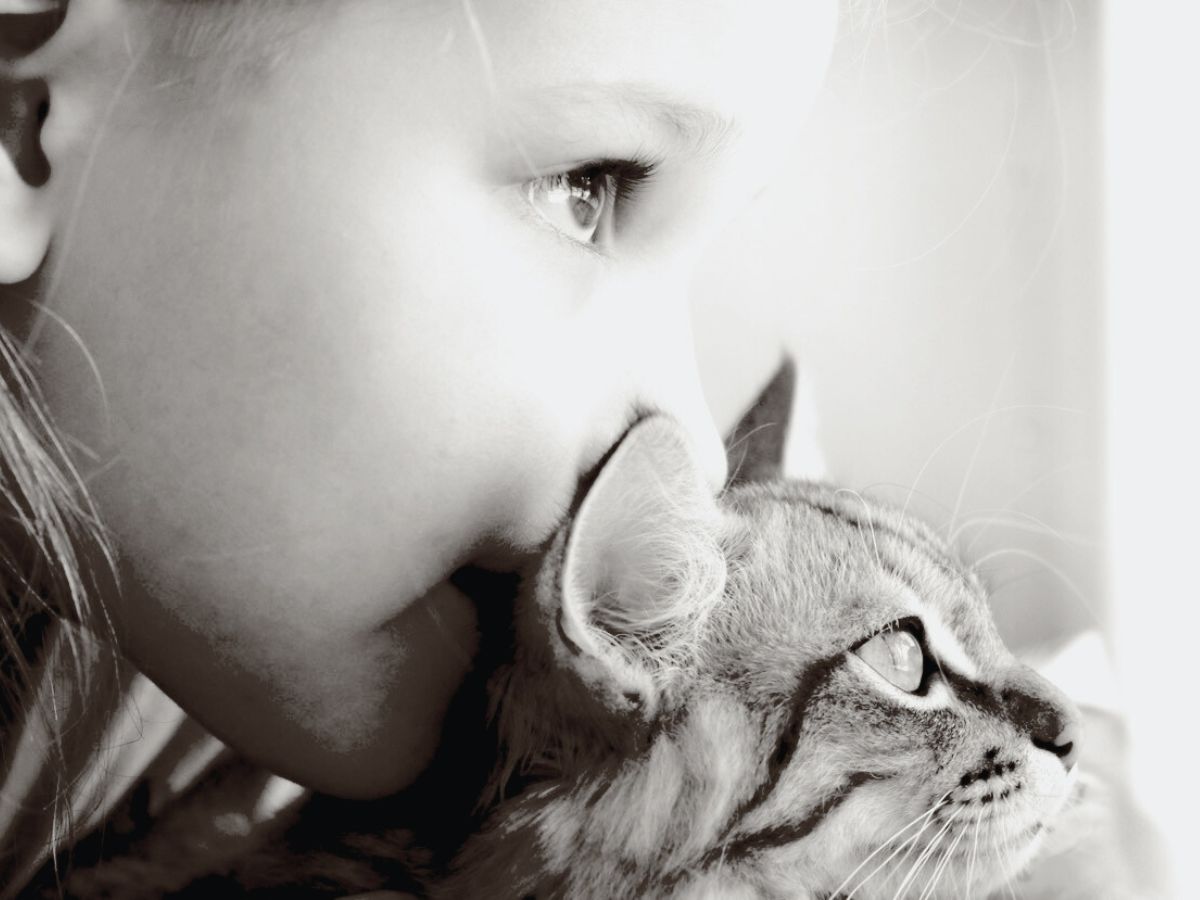With hurricane Sandy looming over the east coast, we hope that people are taking the 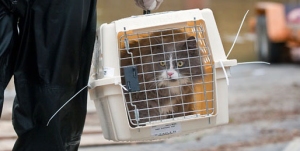 warnings seriously and taking the necessary precautions to ensure that they stay safe, and ensure the safety of their pets.
warnings seriously and taking the necessary precautions to ensure that they stay safe, and ensure the safety of their pets.
A couple of great resources to check out are the Weather Channel, The Red Cross and the ASPCA Disaster Preparedness websites.
Here are some highlights from the ASPCA:
Step 1 Get a Rescue Alert Sticker
Step 2 Arrange a Safe Haven – Do not leave your pets behind! Remember, if it isn’t safe for you, it isn’t safe for your pets.
Step 3 Emergency Supplies and Traveling Kits – Keep an Evac-Pack and supplies handy for your pets.
Step 4 Choose “Designated Caregivers” – When choosing a temporary caregiver, consider someone who lives close to your residence. He or she should be someone who is generally home during the day while you are at work or has easy access to your home.
Step 5 Evacuation Preparation – If you must evacuate your home in a crisis, plan for the worst-case scenario. If you think you may be gone for only a day, assume that you may not be allowed to return for several weeks.
Step 6 Geographic and Climatic Considerations – Do you live in an area that is prone to certain natural catastrophes, such as tornadoes, earthquakes or floods? If so, you should plan accordingly.
Special Considerations for Birds
- Birds should be transported in a secure travel cage or carrier.
- In cold weather, make certain you have a blanket over your pet’s cage. This may also help reduce the stress of traveling.
- In warm weather, carry a spray bottle to periodically moisten your bird’s feathers.
- Have recent photos available, and keep your bird’s leg bands on for identification.
- If the carrier does not have a perch, line it with paper towels that you can change frequently.
- Keep the carrier in as quiet an area as possible.
- It is particularly imperative that birds eat on a daily basis, so purchase a timed feeder. If you need to leave your bird unexpectedly, the feeder will ensure his daily feeding schedule.
- Items to keep on hand: Catch net, heavy towel, blanket or sheet to cover cage, cage liner.
Special Considerations for Reptiles
- A snake may be transported in a pillowcase, but you should have permanent and secure housing for him when you reach a safe place.
- Take a sturdy bowl that is large for your pet to soak in. It’s also a good idea to bring along a heating pad or other warming device, such as a hot water bottle.
- Lizards can be transported like birds (see above).
Special Considerations for Small Animals
- Small animals, such as hamsters, gerbils, mice and guinea pigs, should be transported in secure carriers with bedding materials, food and food bowls.
- Items to keep on hand: Salt lick, extra water bottle, small hidebox or tube, a week’s worth of bedding.
